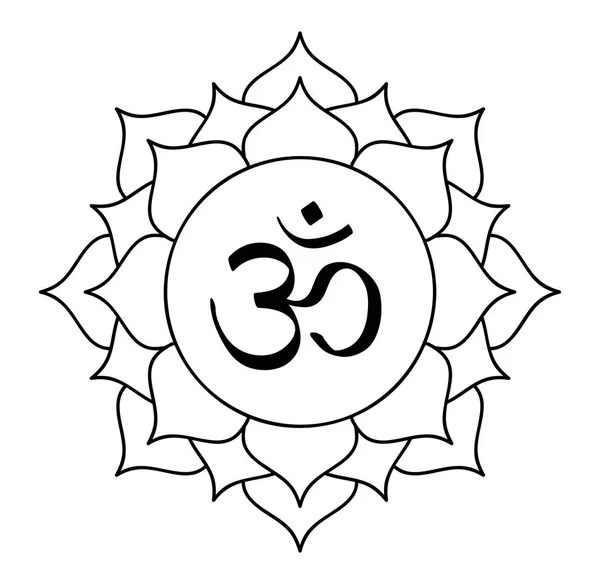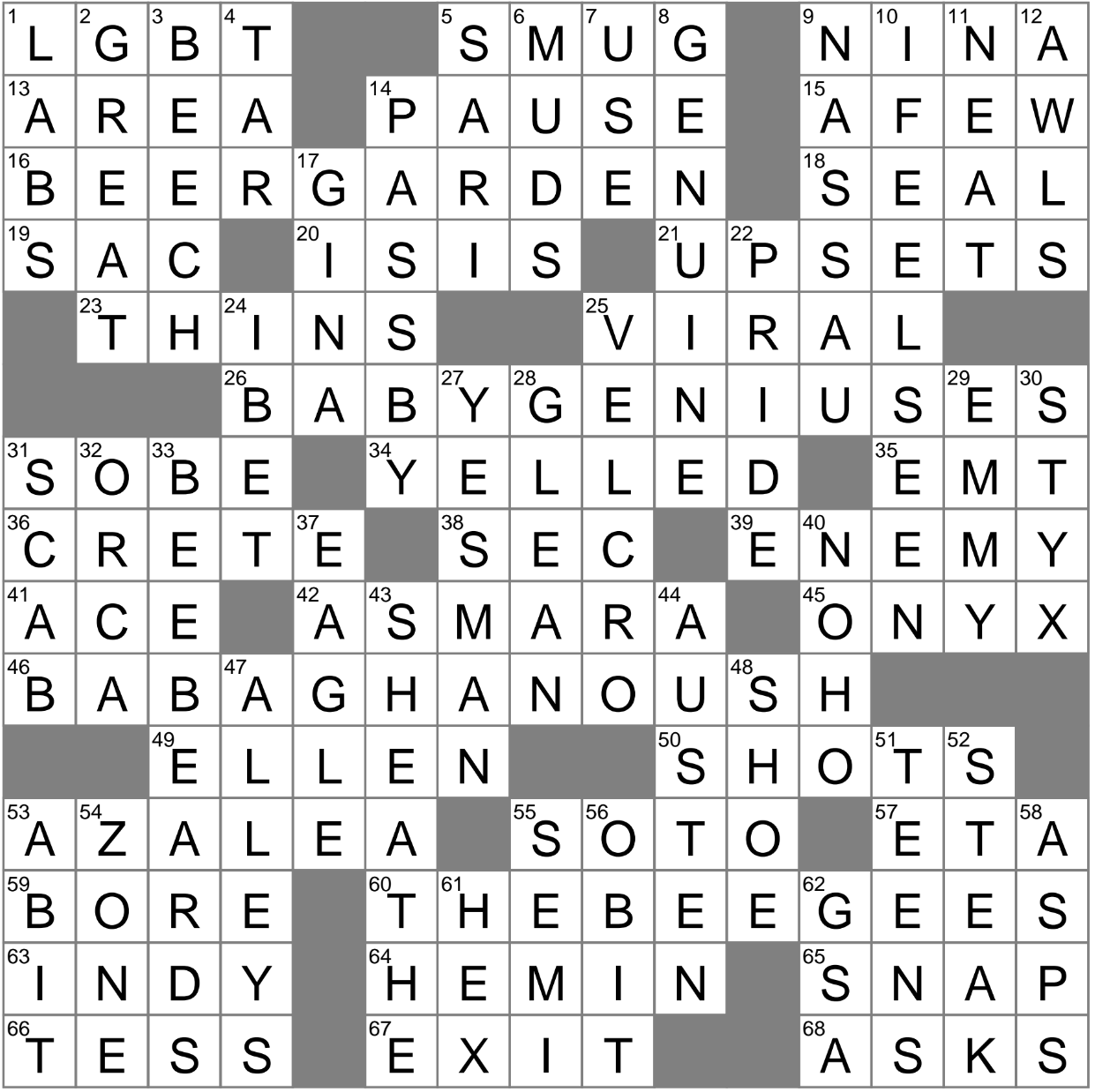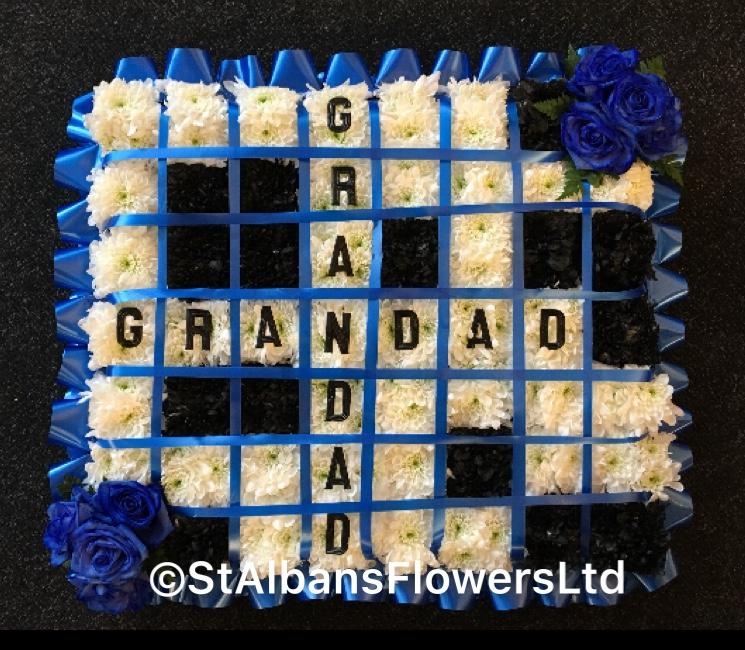When we think of forehead decoration, the first thing that often comes to mind is the bindi, a traditional adornment commonly worn in South Asian cultures. But what if I told you that this simple decorative mark is not just a beauty statement? It carries profound meaning, especially relating to the Ajna chakra, often referred to as the “third eye.” In this comprehensive guide, we’ll explore the various aspects of forehead decorations, with a special focus on their connection to the Ajna chakra, cultural significance, types, personal experiences, and much more.
What is the Ajna Chakra?
The Ajna chakra, often depicted as a two-petaled lotus, is located in the center of the forehead, slightly above the space between the eyebrows. It is considered the center of intuition and foresight in yogic traditions. Here’s a quick overview:
| Aspect | Description |
|---|---|
| Location | Forehead, between the eyebrows |
| Color | Indigo |
| Element | Light |
| Function | Intuition, imagination, wisdom |
Cultural Significance of Forehead Decorations

Forehead decorations are not just fleeting fashion statements; they have a rich cultural history. The usage of decoration in this area varies significantly across cultures, especially in South Asia. Here are some notable points of significance:
- Symbol of Marital Status: In many South Asian traditions, wearing a bindi signifies a woman’s marital status.
- Spiritual Symbolism: The bindi and other forehead decorations are believed to awaken spiritual energy and protect against negative influences.
- Fashion and Expression: Forehead decorations have evolved into modern accessories that serve as a form of self-expression.

Types of Forehead Decorations
From traditional to contemporary, forehead decorations come in various forms. Each type carries its own significance and aesthetic appeal. Below is a comparative look at some popular forehead decorations:

| Type | Description | Common Use | Materials Used |
|---|---|---|---|
| Bindi | A decorative dot worn on the center of the forehead. | Traditional and modern settings. | Powder, stickers, or jewels. |
| Forehead Chain | An ornamental chain that extends from the forehead, often with jewels. | Festivals, weddings, and cultural events. | Metal, beads, and gemstones. |
| Tilak | A ceremonial mark applied with colored powder, often used in religious ceremonies. | Religious gatherings and rituals. | Ground herbs, chalk, or clay. |
| Decorative Tattoos | Temporary or permanent designs on the forehead. | Artistic expression and fashion statements. | Ink or henna. |
Personal Experience: Wearing a Bindi

Growing up in a South Asian household, wearing a bindi was an integral part of my cultural identity. I remember the first time my mother adorned my forehead with a small red dot for a family function. It was more than just decoration; it felt like a rite of passage. Over time, I began to explore various designs and colors, each symbolizing something different. The bindi has become a means for me to express my cultural heritage while embracing its spiritual significance, especially its connection to the Ajna chakra:
- When I wear a bindi, I often reflect on my intuition and inner wisdom.
- It serves as a reminder to stay grounded and connected to my cultural roots.

Benefits of Forehead Decorations
Beyond the aesthetic appeal, forehead decorations can offer a variety of benefits, both spiritual and psychological:

Spiritual Benefits
- Connecting with the Ajna Chakra: Wearing decorations like a bindi can enhance your connection to your intuitive self.
- Protection: Many believe that forehead decorations ward off negativity and enhance spiritual energy.

Psychological Benefits
- Confidence Boost: Adorning oneself can elevate self-esteem and confidence, providing a sense of beauty and poise.
- Creative Expression: Choosing how to decorate your forehead allows for individual expression and creativity.
Pros and Cons of Forehead Decorations
Like anything, forehead decorations come with their own set of advantages and disadvantages. Here’s a closer look:
| Pros | Cons |
|---|---|
| Enhances cultural identity. | May not be well understood or accepted in all cultures. |
| Boosts self-esteem. | Some may feel uncomfortable or face criticism. |
| Intuitive connection. | Requires maintenance and care for materials used. |
Wearing Forehead Decorations: Tips and Tricks
If you’re new to forehead decorations or looking to enhance your knowledge, here are some practical tips:
Choosing the Right Decoration
- Consider the occasion: Some decorations are more suitable for daily wear, while others shine during special events.
- Match colors with your outfit: Selecting complementary colors enhances your overall look.
Application Techniques
- For stick-on bindis, ensure your forehead is clean and dry for better adherence.
- For tilaks, find a comfortable position where you can focus on applying the mark accurately.
Caring for Your Decorations
- Store metal jewelry in a dry place to prevent tarnishing.
- Replace stick-on materials regularly to avoid skin irritation.
Frequently Asked Questions (FAQs)
What does the bindi symbolize?
The bindi symbolizes the third eye or spiritual insight. It’s often associated with marital status in Hindu culture but can also signify cultural identity and personal connection to spirituality.
Can anyone wear a bindi?
Absolutely! The bindi is not restricted to any particular religion or culture and can be worn as a personal expression of art and style.
How do I choose a forehead decoration?
Consider the occasion, your outfit, and your own comfort level. Experiment with different styles to find what resonates with you.
Is there a spiritual significance to forehead decorations?
Yes! Many believe that forehead decorations, particularly those related to the Ajna chakra, can enhance intuition and protect against negativity.
Conclusion
Forehead decorations, especially in relation to the Ajna chakra, are rich with cultural significance and personal meaning. They serve as not just adornments but as powerful symbols of identity, spirituality, and self-expression. Whether you choose a simple bindi or an ornate forehead chain, remember that each decoration carries its own unique story and energy.
As you explore the various types of forehead adornments, I encourage you to embrace their beauty and significance in your own life. This small dot or intricate design may very well hold the key to unlocking deeper levels of intuition and connection to your inner self.